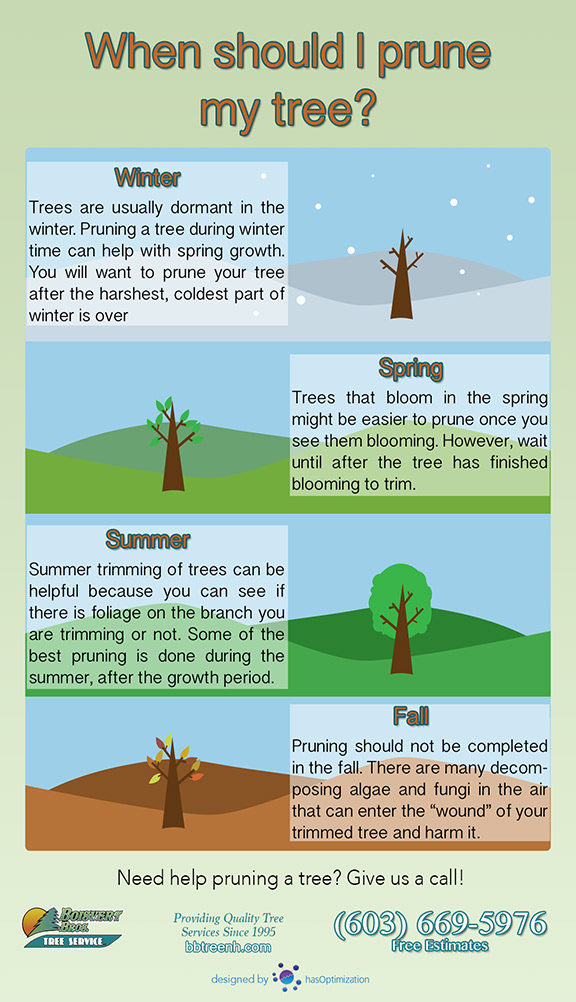Adhering To Tree Removal, It Is Vital To Care For Your Landscape To Guarantee Its Restoration; Discover The Vital Steps To Rejuvenate Your Area And Avoid Future Problems
Adhering To Tree Removal, It Is Vital To Care For Your Landscape To Guarantee Its Restoration; Discover The Vital Steps To Rejuvenate Your Area And Avoid Future Problems
Blog Article
Personnel Author-Tate Chambers
After a tree's removal, your landscape might look quite different, and it's essential to assess the aftermath very carefully. You'll intend to examine the soil disruption and examine surrounding plants for any kind of signs of anxiety. Ignoring these aspects can bring about bigger issues down the line. So, what should you finish with those stumps and roots? And how do you choose the best plants for your rejuvenated area? Let's explore these important actions.
Analyzing the Results: Assessing Your Landscape
After a tree removal, it's crucial to analyze your landscape to understand the effect it carries your yard.
Start by analyzing the location where the tree stood. Try to find signs of dirt disruption, and inspect the surrounding plants for any kind of stress or damage.
You must also take note of exactly how the removal has altered sunlight exposure and air flow in your garden. This change can influence the development of close-by plants, so it's necessary to examine their wellness.
Think about the visual facets too; the removal may produce an open space that you can redesign.
Lastly, think about any prospective disintegration issues that might emerge from the tree's absence. Attending to these factors early will aid recover balance to your landscape.
Dealing With Stumps and Roots: Options for Elimination
When you have actually evaluated the aftermath of the tree removal, you'll likely need to tackle the stump and origins left behind.
You have a couple of alternatives for elimination. One effective method is stump grinding, where a specialist uses a machine to grind the stump down to underground level. This method leaves marginal disturbance to your landscape.
If you prefer a DIY approach, you can utilize a combination of digging and chemical stump eliminators. Simply keep in mind, this procedure can take time and initiative.
Conversely, think about leaving https://www.totallandscapecare.com/landscaping/design-ideas-for-landscaping-on-a-slope/ as an all-natural feature, which can function as a distinct yard component or environment for wild animals.
Whatever you choose, dealing with the stump and roots is important for restoring your landscape.
Picking the Right Plants for Your New Space
As you evaluate your recently gotten rid of room, choosing the right plants can considerably boost your landscape's elegance and capability.
Beginning by thinking about the sunlight and soil problems. For bright areas, select drought-resistant plants like lavender or succulents. In shaded spots, ferns and hostas prosper well.
Think of the size and growth practices of your plants; mix perennials and annuals for seasonal variety. Don't fail to remember to integrate native species; they need less maintenance and support neighborhood wildlife.
Team plants in odd numbers for a much more all-natural look and create layers for visual deepness.
Finally, Tree Removal Services Website have a mix of colors and textures to maintain your landscape vivid throughout the periods.
Delighted growing!
Final thought
To conclude, restoring your landscape after tree removal is a gratifying procedure. By analyzing the results, attending to stumps and roots, and picking the right plants, you'll produce a thriving environment. Do not fail to remember to incorporate erosion control actions to shield your dirt. With a little initiative and care, you can transform your room into a vivid yard that improves your residential or commercial property. Accept the possibility to renew your landscape and enjoy the beauty of nature right in your backyard!
